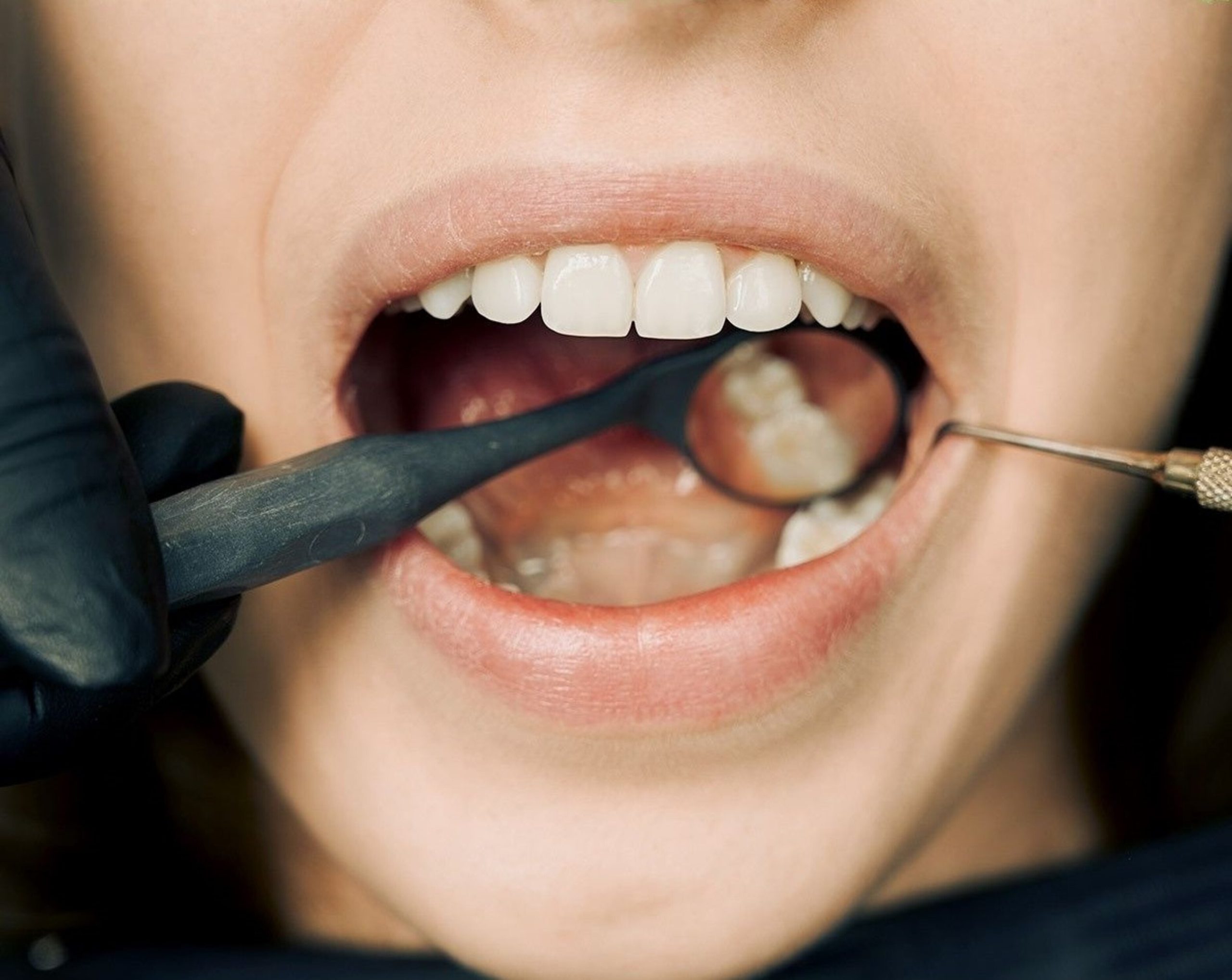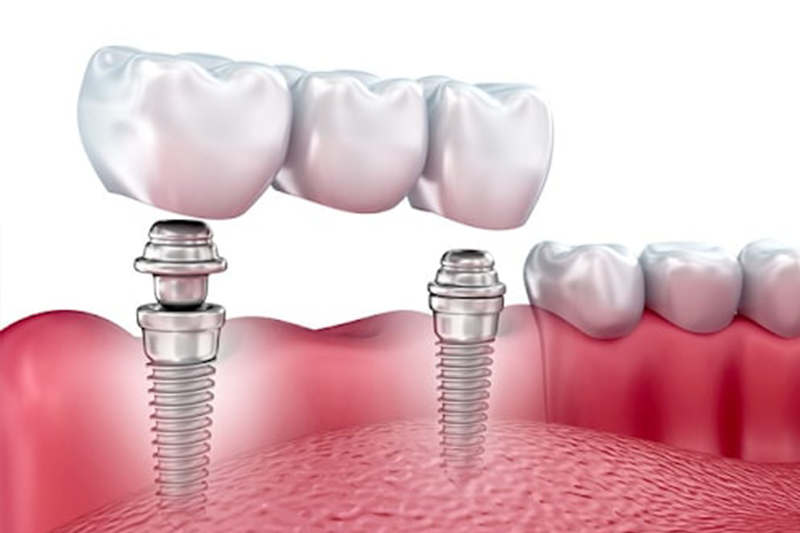
Dealing with Emergency Tooth Pain in Stratford, Connecticut
Introduction
Tooth pain can strike unexpectedly and severely, disrupting your daily life and causing significant discomfort. Emergency tooth pain requires immediate attention to alleviate the pain and address the underlying issue. In this blog, we’ll explore the common causes of emergency tooth pain, offer tips for finding relief at home, and provide guidance on when to seek professional dental care.
Common Causes of Emergency Tooth Pain
a. Dental Decay: Cavities that have progressed deep into the tooth can cause sharp, throbbing pain, especially when exposed to temperature changes or sugary foods.
b. Dental Abscess: An infection at the root of a tooth or between the gum and tooth can lead to severe, constant pain, often accompanied by swelling and fever.
c. Cracked or Fractured Tooth: A cracked or broken tooth can expose sensitive nerve endings, resulting in acute pain when biting or chewing.
d. Impacted Wisdom Tooth: Wisdom teeth that don’t fully erupt can become impacted and cause pain, swelling, and pressure in the back of the mouth.
e. Gum Disease: Advanced gum disease can lead to gum recession, exposing the sensitive root surfaces of teeth and causing pain.
f. Dental Trauma: A sudden blow to the mouth or face can damage teeth, leading to immediate and intense pain.
Relief Measures at Home
While it’s crucial to seek professional help for severe tooth pain, you can take some steps to find temporary relief at home:
a. Rinse: Gently rinse your mouth with warm salt water to help clean the area and soothe inflammation.
b. Over-the-Counter Pain Relievers: Taking over-the-counter pain relievers like ibuprofen can help alleviate pain and reduce inflammation.
c. Cold Compress: Applying a cold compress to the outside of your cheek can help numb the area and reduce swelling.
d. Avoid Triggers: If certain foods or temperatures worsen the pain, try to avoid them until you can see a dentist.
e. Elevate Your Head: Elevating your head while sleeping can help reduce blood flow to the area, potentially reducing pain.
When to Seek Professional Dental Care
Emergency tooth pain should never be ignored. It’s important to know when to seek immediate dental care:
a. Severe Pain: If the pain is severe and unrelenting, it’s a sign that something serious might be wrong.
b. Swelling: Swelling around the affected area, especially if it’s accompanied by a fever, could indicate an infection that requires immediate attention.
c. Bleeding: If your tooth pain is accompanied by bleeding that doesn’t subside, it’s important to see a dentist.
d. Difficulty Swallowing or Breathing: If your tooth pain is causing difficulty in swallowing or breathing, seek medical help immediately.
e. Persistent Pain: If the pain doesn’t subside after trying at-home remedies, it’s time to consult a dentist.
Conclusion
Emergency tooth pain can be distressing, but taking swift action can make a significant difference in managing your discomfort and preventing further complications. Remember that seeking professional dental care is essential to diagnose the underlying issue and receive appropriate treatment. By staying proactive and informed, you can navigate emergency tooth pain with confidence and take steps to maintain your oral health and overall well-being.
Disclaimer
The information provided in the blog post is for informational purposes only and should not be considered a substitute for professional medical advice.


